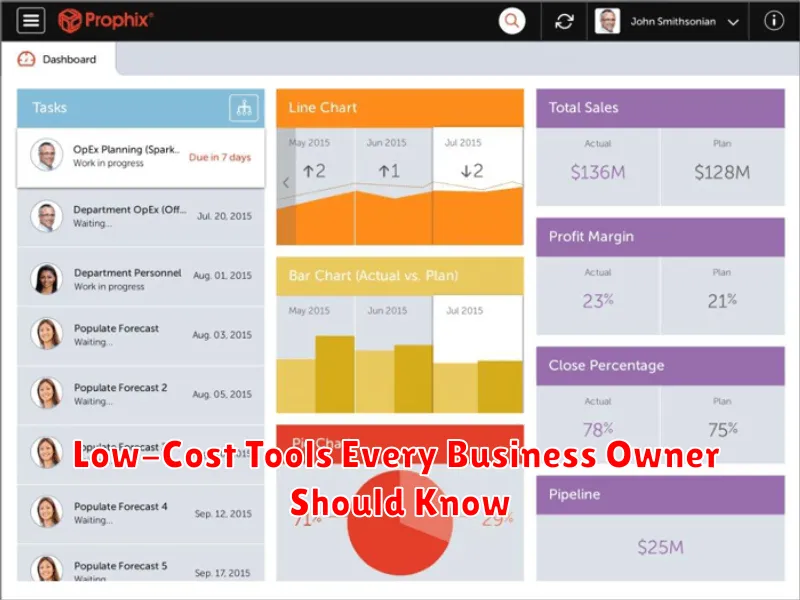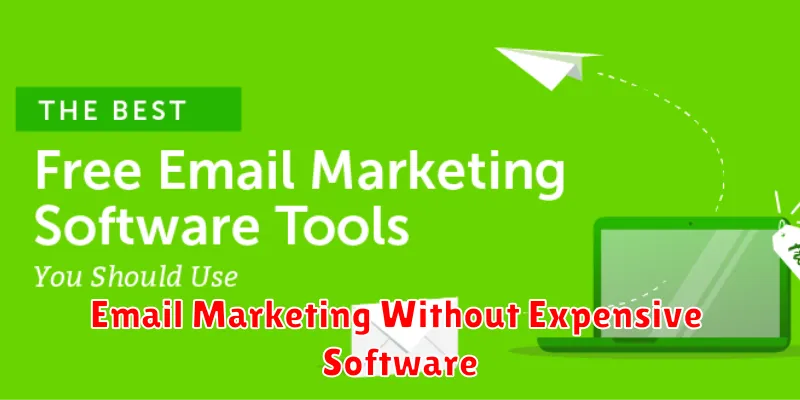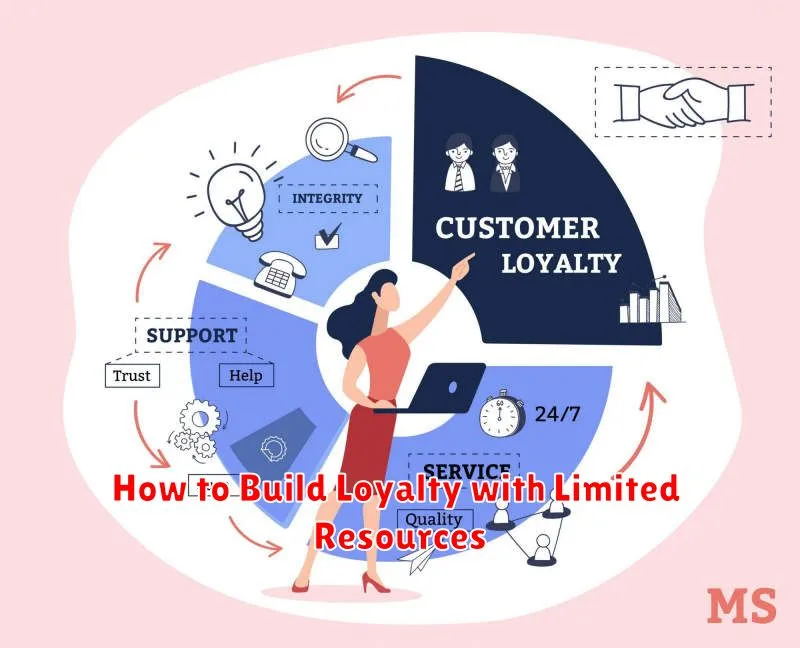Starting a small online business with a limited budget can seem daunting, but it’s entirely achievable. This guide will equip you with practical strategies to grow your online business without breaking the bank. We’ll explore cost-effective marketing techniques, budget-friendly tools, and smart financial planning to help you build a profitable online business from the ground up. Learn how to maximize your resources and minimize your expenses while establishing a strong online presence and attracting your ideal customers. Discover actionable steps to achieve your entrepreneurial dreams, even with a small starting capital.
Understanding Your Market and Audience
Before investing any money, thoroughly understanding your target market and audience is crucial for a small online business. This involves identifying your ideal customer: their demographics (age, location, income), psychographics (lifestyle, values, interests), and online behavior (social media usage, preferred platforms).
Conduct thorough market research. Analyze your competitors, identify market gaps, and understand the existing demand for your product or service. Tools like Google Trends and social media listening can provide valuable insights into current trends and customer conversations.
Creating detailed customer personas can help you visualize your ideal customers. This will guide your marketing efforts, ensuring your messaging resonates with your target audience and your resources are used efficiently. Remember, focusing your efforts on a specific niche can often yield better results than trying to appeal to everyone.
By clearly defining your market and audience, you can craft more effective marketing strategies, target your advertising spend more precisely, and ultimately achieve greater success with limited resources. This foundational step lays the groundwork for all future growth initiatives.
Low-Cost Tools Every Business Owner Should Know

Email marketing platforms like Mailchimp or Constant Contact offer free plans for smaller lists, allowing you to nurture leads and build customer relationships. These are crucial for affordable communication.
Social media scheduling tools such as Buffer or Hootsuite enable efficient content planning and posting across multiple platforms, saving significant time and effort. Free plans often offer basic functionality.
Project management software like Trello or Asana provides free options for organizing tasks, collaborating with team members, and tracking progress. This is essential for maintaining productivity within a budget.
Free website builders like WordPress.com (with limitations) or Wix provide basic website functionality without initial costs. While upgrades offer more features, the free versions are a great starting point.
Google Analytics offers a free suite of tools to monitor website traffic, user behavior, and other key metrics. This data is invaluable for informed decision-making and optimizing your online presence.
Canva is a user-friendly design tool with free templates and resources for creating professional-looking marketing materials, social media graphics, and more. This can significantly reduce reliance on expensive graphic designers.
Free stock photo websites such as Unsplash and Pexels provide high-quality images for your website and marketing materials, eliminating the need to purchase expensive stock photos.
Leveraging these low-cost or free tools strategically can significantly improve the efficiency and effectiveness of your small online business without breaking the bank.
Building an Organic Social Media Presence
Building a strong organic social media presence is crucial for small businesses with limited budgets. It allows you to reach potential customers without significant advertising costs. The key is consistency and engagement.
Start by identifying your target audience on each platform. Where do they spend their time online? Focus your efforts on those platforms. Don’t spread yourself too thin.
Create high-quality, engaging content. This could include informative posts, behind-the-scenes glimpses, customer testimonials, or visually appealing images and videos. Remember to keep your branding consistent across all platforms.
Interact with your audience. Respond to comments and messages promptly. Ask questions and encourage discussions. Building a community around your brand is key to organic growth.
Utilize free tools to schedule posts and analyze your performance. This helps you understand what content resonates with your audience and allows for efficient content planning.
Consistency is vital. Regular posting keeps your brand top-of-mind with your audience. Develop a content calendar to ensure you stay on track.
Finally, track your results. Monitor your engagement metrics and adjust your strategy accordingly. What’s working? What’s not? Adapt your approach based on data.
Networking and Collaborations That Drive Sales
Building a strong network is crucial for small online businesses operating on a limited budget. Networking provides access to potential customers and valuable partnerships without significant financial investment. Attend industry events, both online and offline, to connect with fellow entrepreneurs and potential clients.
Collaborations offer significant sales boosts. Consider joint ventures with complementary businesses. For example, a clothing boutique could partner with a jewelry maker for a themed promotion, expanding reach to each other’s customer bases. This synergistic approach maximizes marketing efforts and minimizes individual costs.
Influencer marketing, while requiring careful selection, can be surprisingly affordable. Partnering with micro-influencers (those with smaller but highly engaged followings) yields better ROI than collaborating with larger, more expensive influencers. Focus on authenticity and alignment with your brand values.
Don’t underestimate the power of community building. Engage actively with your customers on social media and through email marketing. Foster a sense of loyalty and belonging to encourage repeat purchases and word-of-mouth referrals, a powerful and cost-effective marketing strategy.
Finally, leverage free or low-cost online tools to facilitate networking and collaborations. Utilize LinkedIn for professional networking, and explore free social media platforms to connect with potential partners and customers. Strategic networking and collaborations are vital for achieving significant sales growth without breaking the bank.
Email Marketing Without Expensive Software

Building a successful email marketing strategy doesn’t require expensive software. Free and affordable options exist that allow small businesses to effectively connect with their audience. Email marketing services like Mailchimp (with a free plan for smaller lists) and Sendinblue offer features such as list management, automated campaigns, and basic analytics, all without breaking the bank.
For even more budget-conscious options, consider leveraging your existing email provider. Platforms like Gmail and Outlook offer tools to create and send email newsletters, although they may lack the advanced automation features of dedicated email marketing services. Focus on building a high-quality email list organically through website sign-up forms and social media promotions. This organic approach minimizes upfront costs.
Remember that effective email marketing relies more on compelling content and strategic targeting than expensive software. Craft engaging emails with clear calls to action, segment your audience based on their interests, and carefully track your results to optimize your campaigns. By focusing on these key elements, your small business can reap the benefits of email marketing without the high cost.
SEO Techniques You Can Do Yourself
Growing a small online business on a limited budget requires smart strategies. Search Engine Optimization (SEO) is crucial, and thankfully, many effective techniques are DIY-friendly.
Keyword Research is paramount. Identify relevant keywords your target audience uses to find products or services like yours. Free tools like Google Keyword Planner can help. Incorporate these keywords naturally into your website’s content, product descriptions, and meta descriptions.
On-page optimization involves optimizing individual web pages. Use clear, concise headings (H1-H6 tags) to structure your content logically. Ensure your website loads quickly; slow loading times harm SEO. Compress images and utilize browser caching.
Off-page optimization focuses on building your website’s authority. Create high-quality content that others will want to link to. Engage with your audience on social media and encourage sharing. Guest blogging on relevant websites can also boost your visibility.
Local SEO is vital for businesses with a physical location or serving a specific geographic area. Claim and optimize your Google My Business profile. Encourage customer reviews, as positive reviews improve your search ranking.
Technical SEO, though often overlooked, is essential. Ensure your website is mobile-friendly, uses HTTPS, and has a clear sitemap. Regularly check for broken links and fix them promptly.
While some SEO tasks might require professional help eventually, these DIY techniques offer a solid foundation for boosting your online visibility and growing your small business without significant upfront costs. Consistent effort and monitoring your results are key.
Using Free Analytics to Make Data-Driven Decisions
Growing a small online business on a limited budget requires strategic decision-making. Fortunately, numerous free analytics tools can provide valuable data to guide your choices. Google Analytics is a cornerstone, offering insights into website traffic, user behavior, and conversion rates. Understanding this data allows for targeted improvements to your website and marketing efforts.
By analyzing website traffic sources (e.g., organic search, social media, email), you can identify which channels are most effective and allocate your limited resources accordingly. Tracking key performance indicators (KPIs) such as bounce rate, average session duration, and conversion rates provides a clear picture of your website’s performance and areas needing improvement. This data-driven approach eliminates guesswork and maximizes your return on investment.
Free social media analytics platforms (built into most social media sites) offer similar insights into your social media campaigns. Analyzing engagement metrics like likes, shares, and comments helps optimize your content strategy and reach a wider audience. By combining data from various free sources, you can build a comprehensive understanding of your business performance and make informed decisions to drive growth, all without incurring significant costs.
How to Build Loyalty with Limited Resources

Building strong customer loyalty is crucial for small online businesses, especially with limited resources. Focus on creating a personalized experience. This can be achieved through personalized email marketing, addressing customers by name, and remembering their past purchases or preferences. Avoid generic messaging; tailor your communication.
Exceptional customer service is paramount. Respond promptly and efficiently to inquiries and complaints. Show empathy and a willingness to go the extra mile to resolve issues. This builds trust and fosters loyalty. Consider offering a loyalty program, even a simple one like a points system for repeat purchases or referrals, to reward dedicated customers.
Leverage the power of social media. Engage with your customers directly, respond to comments and messages, and run contests or giveaways to increase engagement and build community. This fosters a sense of belonging and encourages loyalty. Finally, consistently deliver a high-quality product or service. Positive experiences drive repeat business and positive word-of-mouth referrals.
By focusing on these key areas, even small online businesses can cultivate strong customer loyalty with minimal financial investment.

